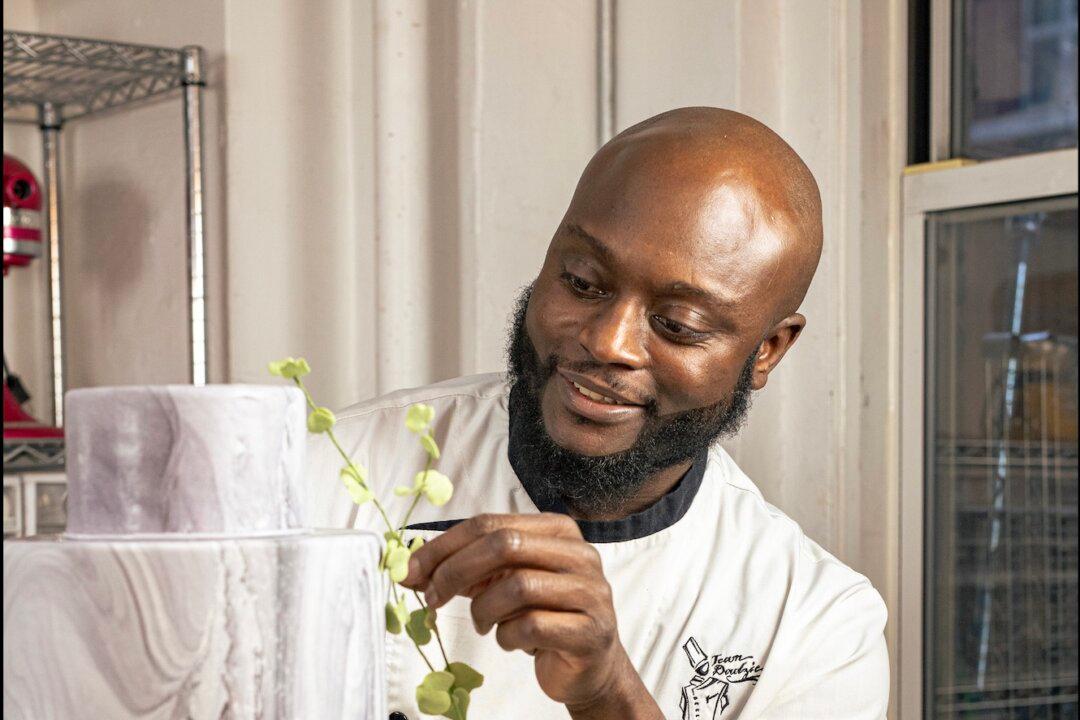The Nepalese poet Santosh Kalwar once wrote that “all our wisdom is stored in the trees.” If it takes climbing to the top of a sequoia to be wise, many of us would swiftly accept a life of oblivion instead. Isn’t it peculiar how humans tend not to think of gravity until we’re farther off the ground than we feel we should be? It’s always there, anchoring us to the earth, but just as we breathe without a second thought until we’re forced to hold our breaths, our safety on the ground is forgotten until it is called into question. That is because gravity, while our strongest anchor, could also be our greatest downfall—pun intended?—when challenged. Some people choose to do exactly that, including professional tree climber Tim Kovar.
Feet on the Ground, Head in the Sky
Kovar spent his childhood in a state about as flat as it gets. With no mountains, bluffs, or even substantial hills in Fremont, Nebraska, a child who wanted a view of the world only had one option: trees. At 5 years old, Kovar clambered his way up into his neighbor’s apple tree, where he inevitably got stuck and needed rescuing. Climbing came easy to the adventurous boy, whether it was a giant cottonwood or the neighbor’s roof—“not that I ever did that,” Kovar quickly noted. Even as a teenager, while others were in the stands of a football game, he could usually be found sitting in the crown of the nearest oak. Kovar joked that his affinity for being in the trees was regarded by others as uncool or strange at 15 (it’s cute for a 5-year-old to climb trees, but decidedly less so for a nearly-grown man). But the reward meant the ribbing didn’t much matter. He wasn’t just up there to commune with the birds and other wildlife, although he did make a few attempts at some semblance of communication; that slight elevation change always brought Kovar his greatest solace and strongest clarity.





